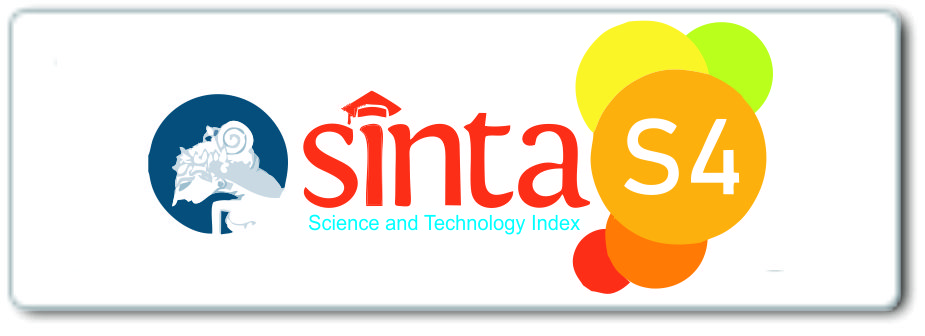Nursing Implementation Of Distraction Techniques: Play Therapy (Doll) With Anxiety Problems In Thalasemia Children
DOI:
https://doi.org/10.56988/chiprof.v1i4.45Keywords:
Thalassemia, Anxiety, Doll Play TherapyAbstract
Thalassemia is a disease that is passed from parents to their children in the womb which results in sufferers having to undergo regular blood transfusions to increase hemoglobin levels in the blood. Routine transfusions can cause psychological impacts such as anxiety in children. Playing is an effective way to reduce anxiety in children and can be a diversion or relaxation. The aim of the case study is that researchers are able to carry out nursing implementation of distraction techniques: play therapy (dolls) with anxiety problems in thalassemia children. Method: This research design uses descriptive methods in the form of a case study. Two respondents took cases, namely thalassemia patients with anxiety in the Talang Betutu Community Health Center area and the Sei Selincah Community Health Center area. Results: The implementation of nursing provided in the form of doll play therapy was effective in reducing anxiety in children. Anxiety scores decreased after doll play therapy. Conclusion: Nursing implementation of distraction techniques: play therapy (dolls) is effective in reducing anxiety in thalassemia children
Downloads
References
R. D. Triatin, L. E. Rakhmilia, Y. Sribudiani, and S. Susanah, “Knowledge towards Thalassemia and Willingness to Screen among Students in Public Senior High School 3 Bandung,” Althea Med. J., vol. 9, no. 4, pp. 241–247, 2022, doi: 10.15850/amj.v9n4.2730.
A. Kattamis, G. L. Forni, Y. Aydinok, and V. Viprakasit, “Changing patterns in the epidemiology of β-thalassemia,” Eur. J. Haematol., vol. 105, no. 6, pp. 692–703, 2020, doi: 10.1111/ejh.13512.
H. S. Mediani, A. Tiara, and A. Mardhiyah, “Factors Related to The Needs of Parents Having School Age Thalassemic Children,” J. Keperawatan Padjadjaran, vol. 7, no. 2, pp. 175–189, 2019, doi: 10.24198/jkp.v7i2.1119.
J. S. Lee et al., “Epidemiologic Trends of Thalassemia, 2006–2018: A Nationwide Population-Based Study,” J. Clin. Med., vol. 11, no. 9, 2022, doi: 10.3390/jcm11092289.
D. Farmakis, P. John, A. Taher, M. D. Cappellini, M. Angastiniotis, and A. Eleftheriou, “2021 Thalassaemia International Federation Guidelines for the Management of Transfusion- dependent Thalassemia,” 2021.
M. Ahmadpanah, Y. Asadi, M. Haghighi, H. Ghasemibasir, E. Khanlarzadeh, and S. Brand, “In patients with minor beta-thalassemia, cognitive performance is related to length of education, but not to minor beta-thalassemia or hemoglobin levels,” Iran. J. Psychiatry, vol. 14, no. 1, pp. 47–53, 2019, doi: 10.18502/ijps.v14i1.422.
M. Moosapoor, “The Effectiveness of Puppet Play Therapy On Increasing Communication Skills Through Social Stories for Children with Autism in Rasht,” Int. J. Innov. Manag. Econ. Soc. Sci., vol. 3, no. 1, pp. 30–39, 2023, doi: 10.52547/ijimes.3.1.30.
M. L. van der Hoeven, G. A. M. Widdershoven, E. M. van Duin, I. M. Hein, and R. J. L. Lindauer, “‘Time for Tony the Turtle’: Experiences with the use of a hand puppet in a program for young children in domestic violence shelters,” Arts Psychother., vol. 75, 2021, doi: 10.1016/j.aip.2021.101840.
M. J. Saiwan and H. A. Huusein, “Proneness to Anxiety and Depression among Middle School Students : Does Parental and Peer Attachment,” AMJ, vol. 62, no. 06, pp. 2225–2233, 2022.
S. Suhanda, A. Firmansyah, and H. Monika, “Application of Assertive Training for the Ability to Control Anger in Patients with Violent Behavior,” J. VNUS (Vocational Nurs. Sci., vol. 5, no. 1, pp. 29–36, 2023, doi: 10.52221/jvnus.v5i1.301.
D. Busainah, L. Adhrianti, and R. B. Saragih, “Komunikasi Terapeutik pada Pasien Skizofrenia (Studi Deskriptif Kualitatif pada Pasien Perempuan Usia Millenial di Ruang Anggrek RSKJ Soeprapto Bengkulu),” J. Kaganga J. Ilm. Sos. dan Hum., vol. 5, no. 1, pp. 29–38, 2021, doi: 10.33369/jkaganga.5.1.29-38.
Downloads
Published
How to Cite
Issue
Section
License
Copyright (c) 2024 Syeftiana, Yunike, Jawiah

This work is licensed under a Creative Commons Attribution-NonCommercial 4.0 International License.




















